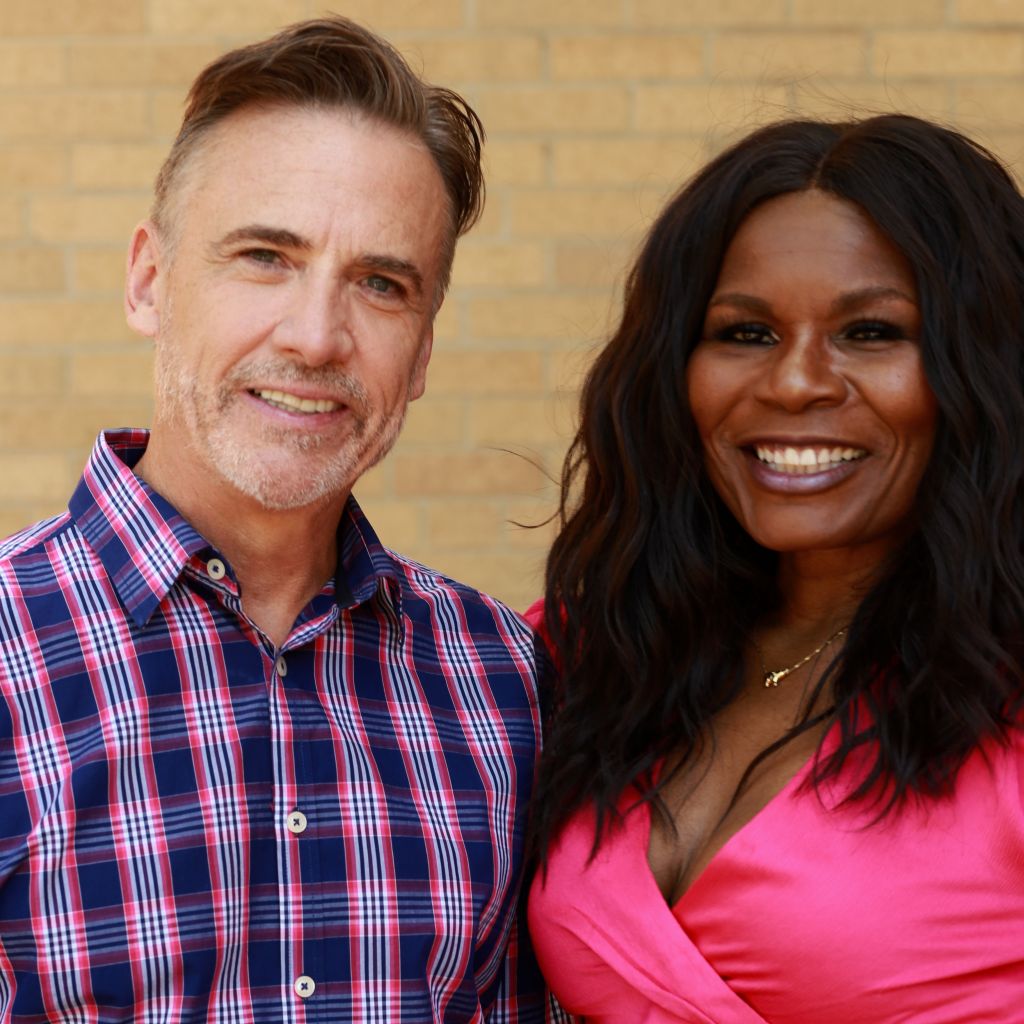
Source: LUCY NICHOLSON / Getty
The woman cast as Gwyneth Paltrow’s body double in “Shallow Hal” says the experience resulted in her developing an eating disorder.
In 2001, the movie was filmed in parts of Charlotte. If you re-watch, you can identify spots Uptown. Paltrow and Jack Black were spotted in various spots around town including a trip Paltrow took to Phillips Place.
Ivy Snitzer was a 20-year-old aspiring actress when she landed the job in the 2001 movie. While Paltrow wore a fat suit for scenes featuring her face, Snitzer’s body was used for closeups of Rosemary’s arms, torso and thighs.
Snitzer went to the casting call, was asked questions, took pictures and wasn’t at all fazed by the premise of the movie, in which womanizer Hal (Jack Black) is hypnotized so that he only sees inner beauty – the gag is that he falls in love with a woman who is overweight.
The actress has zero negative memories of shooting the film. “It was so exciting. It was just fun to be part of a movie – there are so few people who actually get to do that,” she says. The cast and crew “treated me like I really mattered, like they couldn’t make the movie without me” and Snitzer was made to “feel really comfortable” when her body was being filmed.
But, she says, “it didn’t occur to me that the film would be seen by millions of people”. And when Shallow Hal was released in 2001, “it was like the worst parts about being fat were magnified. And no one was telling me I was funny.”
Taking a turn… the story of her post-Shallow Hal life is heartbreaking.
Less than two years after “Shallow Hal” was released, she was “technically starving to death”. In 2003, she had gastric band surgery, which reduced the size of her stomach and restricted what she could eat. But shortly after the procedure, the band slipped and complications ensued.
Her body was shrinking and her eating was disorded. “I was so thin you could see my teeth through my face and my skin was all grey,” she says.
She became so malnourished that doctors were not able to perform surgery to remove her band; first they had to give her a peripherally inserted central catheter (PICC) line to provide her with liquid nutrition. For four months, she had to hook herself up to an IV fluid bag every night after work.
Due to further complications, doctors ultimately performed a gastric bypass operation to remove part of her stomach. To this day, she has to eat “weird tiny portions” and can’t eat and drink at the same time.
Today, she doesn’t regret the surgery, doesn’t worry too much about eating, and likes to think she has “found a lot of stability in between the two extremes” of her past.
















